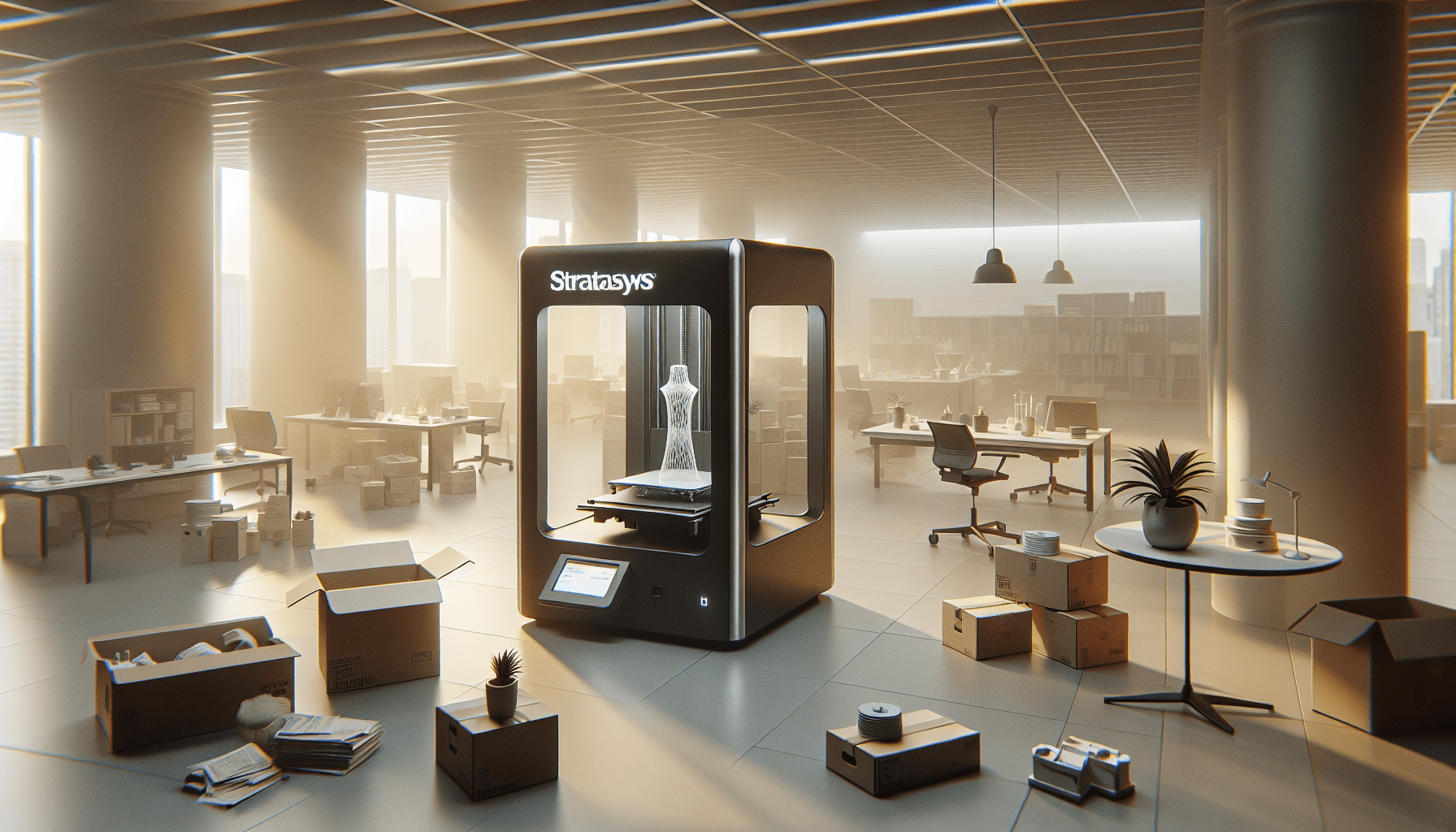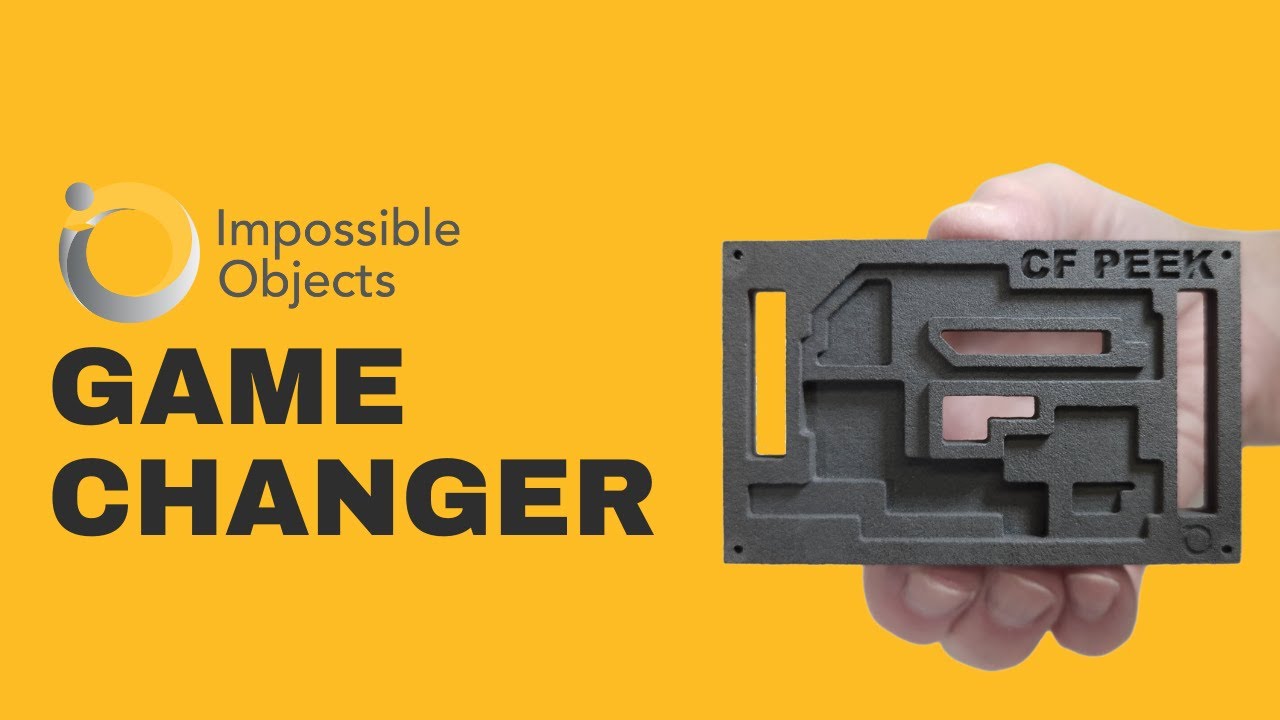Creality K1C 3D Printer, 2024 New Version 600mm/s High-Speed Auto Leveling Clog-Free Robust Direct Extruder K1 SE Upgraded 3D Printer with AI Camera 300°C Printing Support Carbon Fiber Filaments
$559.00 (as of June 4, 2025 21:32 GMT +00:00 - More infoProduct prices and availability are accurate as of the date/time indicated and are subject to change. Any price and availability information displayed on [relevant Amazon Site(s), as applicable] at the time of purchase will apply to the purchase of this product.)Are you ready to witness the revolution in tungsten manufacturing using 3D printing technology?
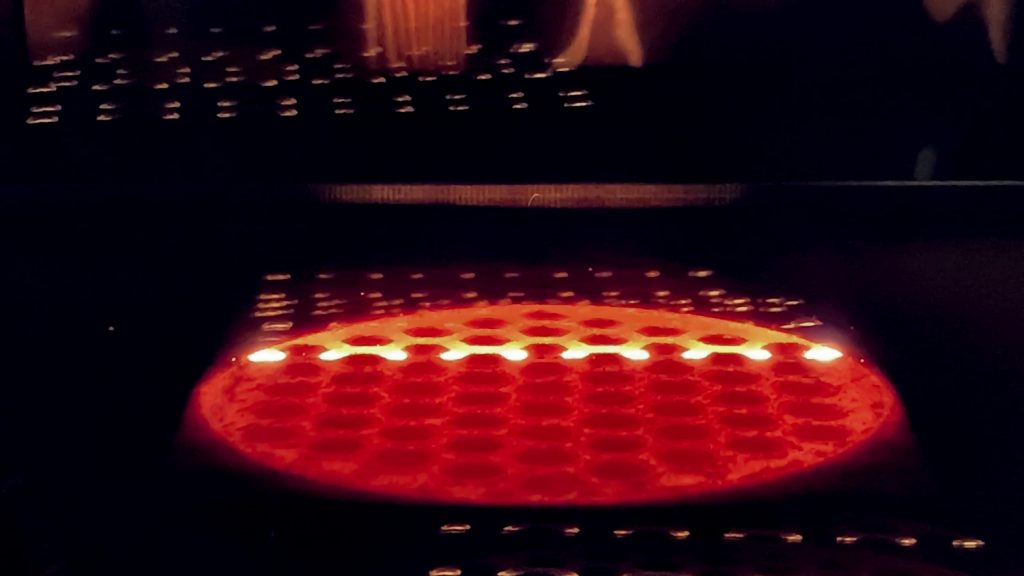
$30 off $400+ Anycubic Products with code AC30OFF
The Challenge of Tungsten Manufacturing
Tungsten, with its exceptionally high melting point of 3,422°C, has been a prized material for high-temperature applications. However, its brittleness at lower temperatures, poor machinability, and high melting point have made traditional manufacturing methods a significant challenge. The difficulties in working with tungsten have driven the development of additive manufacturing (AM) techniques, which offer a promising solution to these challenges.
The Role of 3D Printing in Tungsten Manufacturing
3D printing technology has emerged as a game-changer in the manufacturing industry, enabling the production of complex geometries and customized parts with unprecedented precision. In the case of tungsten, 3D printing offers a unique opportunity to overcome the limitations of traditional manufacturing methods. By using electron beam powder bed fusion (EB-PBF) technology, it is possible to produce tungsten parts with high accuracy and minimal material waste.
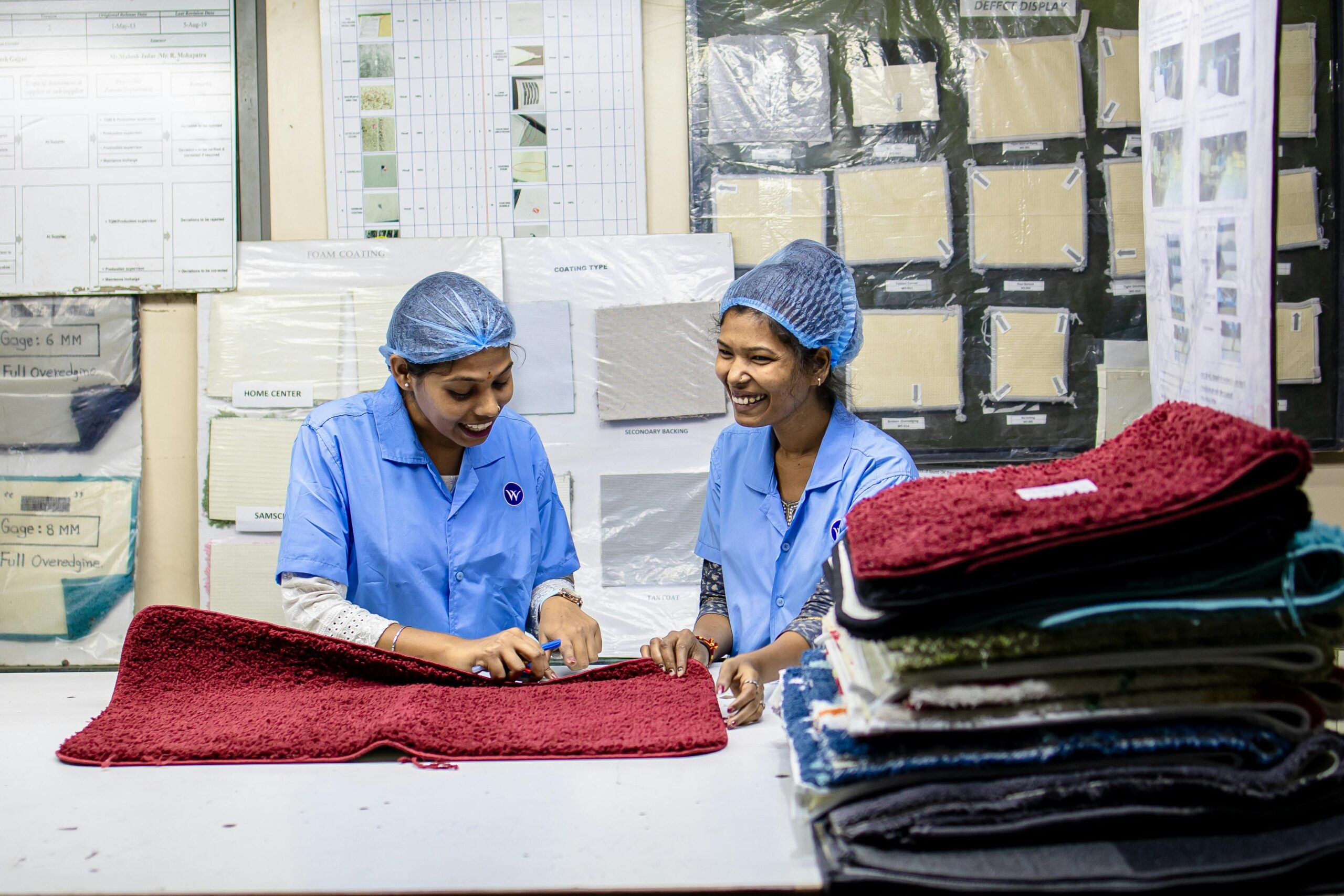
Buy Photon Mono M5 Get Free 1KG Resin
Electron Beam Powder Bed Fusion (EB-PBF) Technology
EB-PBF technology is a type of additive manufacturing that uses an electron beam to melt and fuse metal powders. This process allows for the creation of complex geometries and customized parts with high precision. The EB-PBF process operates in a vacuum, which enables the efficient melting of highly crack-prone materials while maintaining their chemical purity.
| EB-PBF Technology | Advantages |
|---|---|
| High melting point | Enables the production of parts with high temperature resistance |
| Vacuum environment | Maintains chemical purity and prevents contamination |
| Electron beam | Allows for precise control over the melting process |
Freemelt AB and HAMR Industries: Pioneers in Tungsten 3D Printing
Freemelt AB, a Swedish 3D printer manufacturer, and HAMR Industries, a provider of advanced scientific research and engineering solutions, have partnered to push the boundaries of tungsten additive manufacturing. Their collaboration has resulted in the development of advanced tungsten 3D printing capabilities, including the production of metal 3D printed penetrator rounds.
Freemelt’s EB-PBF System: A Breakthrough in Tungsten 3D Printing
Freemelt’s EB-PBF system, the eMelt, is a proprietary technology that enables the efficient melting of tungsten powders. The system features a diode-type electron beam source with a laser-heated cathode, which maintains consistent beam spot quality across the 0–6 kW power range. This technology has been used to produce high-quality tungsten parts with complex geometries.
HAMR Industries’ Penetrator Rounds: A Showcase of Tungsten 3D Printing Capabilities
HAMR Industries has developed metal 3D printed penetrator rounds using Freemelt’s EB-PBF system. These precision-engineered rounds are designed for high-velocity impact applications and are engineered to meet the high-performance demands of military, aerospace, and energy applications.
| Penetrator Rounds | Features |
|---|---|
| High-velocity impact | Designed for high-performance applications |
| Precision-engineered | Produced using Freemelt’s EB-PBF system |
| Customized | Engineered to meet specific application requirements |
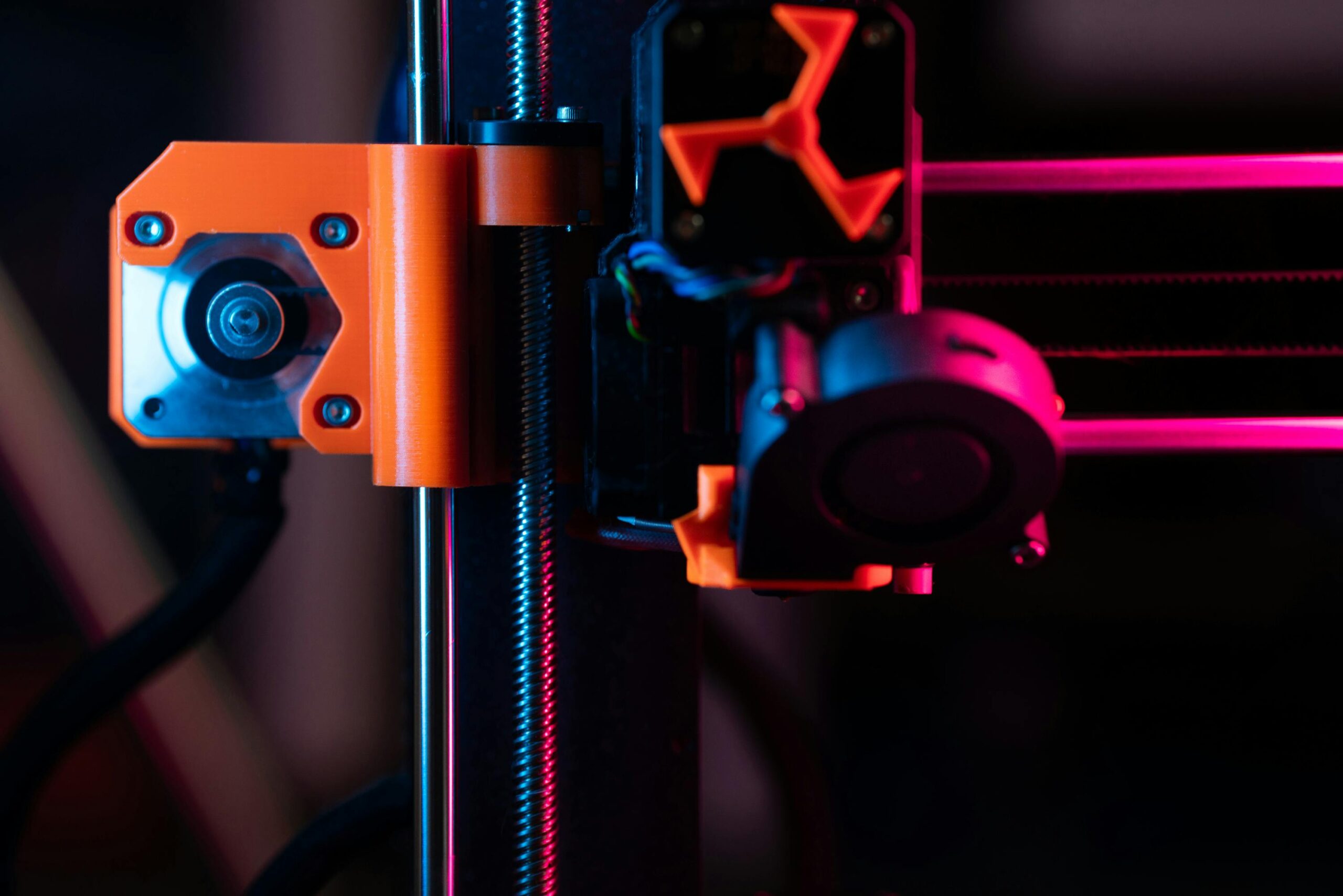
The Future of Tungsten Manufacturing
The partnership between Freemelt AB and HAMR Industries has demonstrated the potential of 3D printing technology in tungsten manufacturing. As the technology continues to evolve, we can expect to see increased adoption of 3D printing in various industries, including aerospace, defense, and energy.
Advantages of 3D Printing in Tungsten Manufacturing
3D printing technology offers several advantages in tungsten manufacturing, including:
- Increased precision: 3D printing enables the production of complex geometries with high precision.
- Customization: 3D printing allows for the production of customized parts with specific properties.
- Reduced material waste: 3D printing minimizes material waste by using a powder bed fusion process.
Conclusion
The partnership between Freemelt AB and HAMR Industries has pushed the boundaries of tungsten additive manufacturing, demonstrating the potential of 3D printing technology in producing high-quality tungsten parts. As the technology continues to evolve, we can expect to see increased adoption of 3D printing in various industries, including aerospace, defense, and energy.
$30 off $400+ Anycubic Products with code AC30OFF





